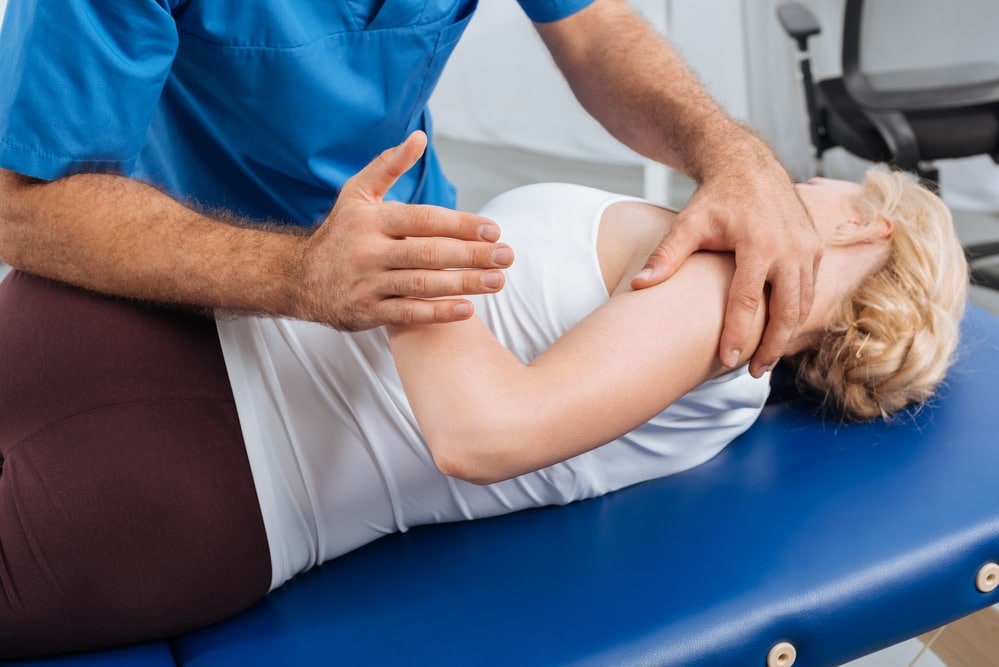For those who may not already be familiar with scoliosis, it is a medical condition characterized by extreme spine curvature that can be disabling. In many cases, scoliosis can affect one’s respiratory health due to how the condition reduces the amount of space in the chest, which is needed for the lungs to function correctly. Scientists and researchers are not sure what causes scoliosis; however, many cases have been linked to cerebral palsy and muscular dystrophy.
The condition is especially common amongst teenagers and can worsen during growth spurts. The most common treatment for scoliosis involves wearing a brace, which can prevent spine curvature from becoming worse and also reduce the risk of respiratory problems. However, in some cases, surgery may be required. In this article, we will take a look at the recovery process following scoliosis surgery and how you can speed up the healing process.
THE FIRST 14 DAYS FOLLOWING SURGERY
If you have undergone surgery to resolve an extreme case of scoliosis, the first 14 days following surgery will play a critical role when it comes to the healing process. In most cases, individuals will be advised to rely on friends, family members, and home health aides to assist them with basic tasks until they have healed and regained their strength. Additional recommendations following scoliosis surgery include
AVOID BENDING, LIFTING, OR TWISTING
While this may sound obvious, bending, lifting, twisting, and any other unnatural movements can cause significant pain and may prolong the healing process. That being said, let’s take a closer look at what these movement restrictions entail:
Bending – To minimize pain and discomfort following scoliosis surgery, most physicians will advise patients to bend at the knees and hip as opposed to using their back.
Lifting – To speed up healing and to minimize pain and discomfort following surgery, most physicians will advise their patients to avoid lifting objects that weigh more than 8 pounds. For items that weigh more, you should get help from a home health aide, friend, or family member.
Twisting – Similar to bending and lifting, it is a good idea to avoid any twisting motions that involve the spine until you have had a chance to heal.
PAIN MANAGEMENT
Following surgery, your physician will likely prescribe opioids or other powerful narcotics to help with pain management. While these medications are effective, they are also highly addictive. Therefore, they should not be taken for too long unless your physician advises otherwise. According to the CDC (Centers for Disease Control and Prevention), more than 4 million Americans misused prescription opioids between 2012 and 2014. And in many of those cases, individuals became addicted to these medications after taking them for a legitimate health reason. To avoid becoming addicted to powerful narcotics, consider switching to over-the-counter pain relievers like NSAIDs (nonsteroidal anti-inflammatory drugs), for example, once the pain starts to taper off.
PREVENTING INFECTION AT THE INCISION SITE
The first 14 days following surgery is when infection around the incision site is most likely to occur. To minimize the risk of infection, you will need to keep the incision site clean and dry. Additionally, you should avoid products that can irritate the skin, such as powders, creams, and ointments, for example. As far as showering is concerned, most physicians will advise patients to keep the incision site covered while showering. To achieve this goal, you will want to apply an occlusive dressing, an air-tight and water-tight trauma medical dressing, over the incision site, which can be held in place with saran wrap or surgical tape.
FOLLOWING UP WITH YOUR PHYSICIAN
After the first 14 days following surgery, it is critical for patients to follow-up with their physician who can assess how well they are healing and also make sure that infections have not formed around the incision site. During these follow-up appointments, the physician will also determine whether or not the patient needs to continue taking narcotic pain relievers and also gauge the overall effectiveness of the surgery.
BOTTOM LINE
Although surgery is often considered a last resort when it comes scoliosis, it is an effective treatment for those with extreme spinal curvature that affects their overall health and quality of life. For information on scoliosis surgery, consider scheduling a consultation at 205-637-1363 with one of our friendly and knowledgeable associates today.







